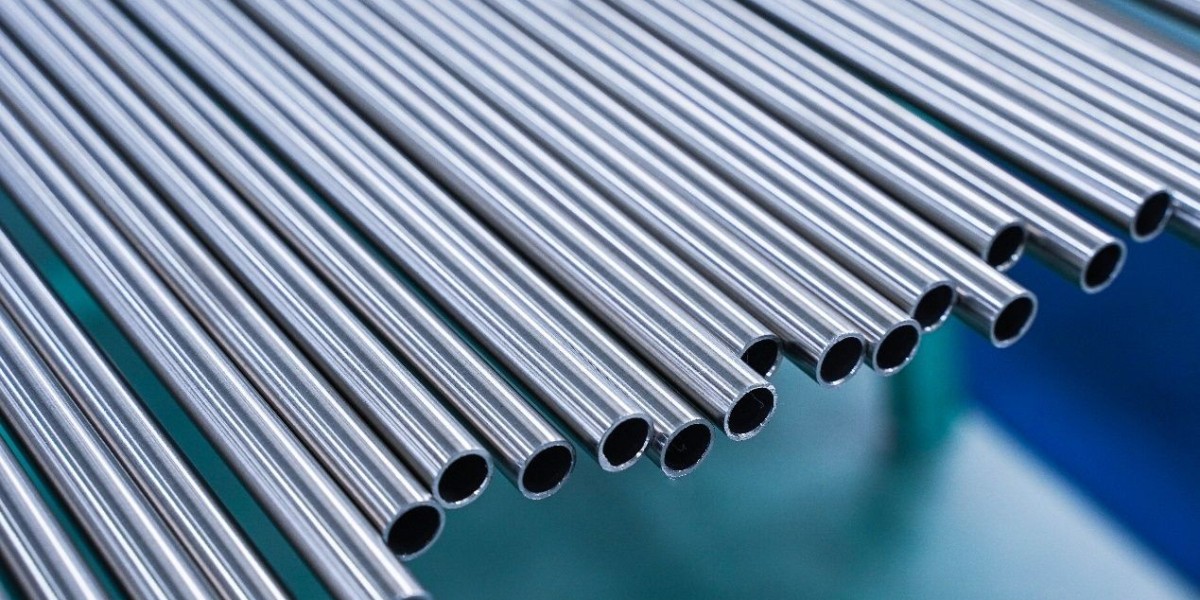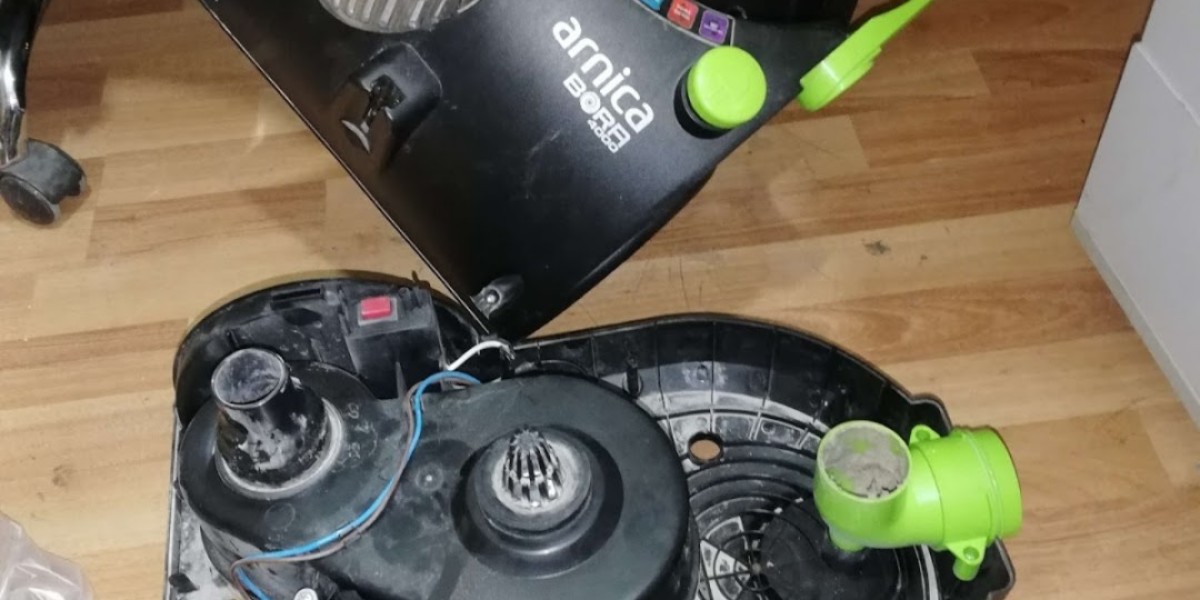When it comes to stainless steel products, Stainless Steel 304L tube has earned a solid reputation in industries worldwide. It combines strength, corrosion resistance, and versatility, making it one of the most reliable materials for a wide range of applications. From chemical processing plants to modern architecture, SS 304L tubing plays a crucial role in delivering durability and performance.
In this article, we’ll explore the key aspects of 304L stainless steel tubes, including their features, manufacturing process, applications, and benefits.
Understanding Stainless Steel 304L Tube
304L stainless steel tube is a low-carbon version of grade 304 stainless steel. The “L” stands for “low carbon,” which reduces the risk of carbide precipitation during welding. This characteristic makes SS 304L tubes highly suitable for welded structures and systems exposed to corrosive environments.
These tubes are available in different forms, such as seamless, welded, polished, round, square, and rectangular tubing, making them adaptable to various industries.
Composition of 304L Stainless Steel
The strength and durability of SS 304L tubing come from its carefully balanced chemical composition:
Carbon (C): ≤ 0.03%
Chromium (Cr): 18–20%
Nickel (Ni): 8–12%
Manganese (Mn): ≤ 2%
Silicon (Si): ≤ 1%
Phosphorus (P): ≤ 0.045%
Sulfur (S): ≤ 0.03%
Iron (Fe): Remainder
This composition enhances the resistance to oxidation, heat, and chemical corrosion, while ensuring excellent mechanical strength.
Mechanical Properties of Stainless Steel 304L Tube
Tensile Strength: ~485 MPa
Yield Strength (0.2% Offset): ~170 MPa
Elongation: ≥ 40%
Hardness (Brinell): ≤ 201 HB
These properties ensure that 304L stainless steel tubes can withstand heavy loads, high pressures, and varying temperatures without losing structural integrity.
Why Choose Stainless Steel 304L Tube?
1. Superior Corrosion Resistance
SS 304L tubing resists oxidation, moisture, and chemicals, making it suitable for harsh environments.
2. Excellent Weldability
Its low carbon content allows welding without the risk of carbide precipitation, preventing corrosion at weld joints.
3. Versatility
Available in multiple shapes and finishes, SS 304L tubes can be used in both industrial systems and decorative applications.
4. Heat and Temperature Resistance
These tubes can withstand both cryogenic conditions and elevated temperatures, adding to their versatility.
5. Hygienic and Easy to Clean
The smooth surface of 304L stainless steel tube prevents contamination and is easy to sanitize, making it perfect for food, dairy, and pharmaceutical sectors.
Types of Stainless Steel 304L Tubing
Depending on application needs, SS 304L tubes are manufactured in various types:
Seamless Tubes: Made without welding, offering maximum strength and pressure resistance.
Welded Tubes: More cost-effective, ideal for medium to low-pressure applications.
Round Tubes: Commonly used in pipelines, mechanical systems, and furniture.
Square Tubes: Popular in construction, architectural frameworks, and fabrication.
Rectangular Tubes: Used in structural designs requiring flat surfaces and sharp edges.
Polished Tubes: Aesthetic and hygienic, ideal for decorative and food-grade applications.
Manufacturing Process of SS 304L Tubes
The production of 304L stainless steel tubes involves several stages:
Raw Material Selection: High-quality chromium, nickel, and iron are sourced.
Melting & Casting: Metals are melted in an electric arc furnace and cast into billets.
Hot Rolling or Extrusion: Billets are rolled or extruded into the desired shape.
Welding (for welded tubes): Sheets or strips are welded longitudinally.
Heat Treatment: Annealing improves ductility and relieves stress.
Pickling & Passivation: Surface impurities are removed to improve corrosion resistance.
Inspection & Testing: Tubes undergo rigorous quality checks, including pressure and ultrasonic tests.
Finishing: Tubes are polished or coated as per customer requirements.
Applications of Stainless Steel 304L Tube
The versatility and durability of SS 304L tubing make it valuable across numerous industries:
1. Chemical and Petrochemical Industry
Used in pipelines, heat exchangers, and storage tanks that handle corrosive chemicals.
2. Food and Beverage Industry
Ideal for processing lines, dairy equipment, and brewery pipelines due to hygienic properties.
3. Pharmaceutical and Healthcare Sector
Applied in cleanrooms, medical instruments, and drug production equipment where sterility is essential.
4. Oil and Gas Industry
Utilized in pipelines, offshore platforms, and processing facilities for strength and corrosion resistance.
5. Construction and Architecture
Square and rectangular SS 304L tubes are used for structural frameworks, railings, and decorative applications.
6. Automotive and Transport
Applied in exhaust systems, chassis, and structural parts requiring strength and heat resistance.
7. Water Treatment and Marine Industry
Resistant to saltwater corrosion, making them suitable for desalination plants and shipbuilding.
Advantages of Using SS 304L Tubing
Long service life with minimal maintenance.
Excellent resistance to pitting and oxidation.
Environmentally friendly and recyclable.
Strong yet lightweight compared to other metals.
Available in a wide variety of dimensions and finishes.
Cost-effective due to durability and reduced repair needs.
Standards and Specifications
SS 304L tubes are manufactured as per international standards to ensure consistency and reliability:
ASTM A213 / A269 / A312 – for seamless and welded tubes.
ASME SA213 / SA269 / SA312 – American Society of Mechanical Engineers standards.
EN 10216-5 / EN 10217-7 – European standards for stainless steel tubes.
ISO standards – covering international quality benchmarks.
How to Select the Right Stainless Steel 304L Tube
When selecting 304L stainless steel tubing, consider:
End Application: Choose seamless tubes for high-pressure systems and welded tubes for cost efficiency.
Size and Dimensions: Match diameter and thickness with system requirements.
Finish Type: Opt for polished tubes in decorative or hygienic applications.
Standards Compliance: Ensure tubes meet ASTM or ASME standards.
Trusted Supplier: Work with a reputed 304L stainless steel tube supplier to guarantee quality and authenticity.
Maintenance of Stainless Steel 304L Tubes
While SS 304L tubes are naturally resistant to rust and corrosion, proper maintenance enhances their longevity:
Regular cleaning with mild soap and water.
Avoid exposure to harsh chemicals or chlorides.
Periodic inspection for signs of wear or damage.
Polishing for tubes used in decorative applications.
Conclusion
Stainless Steel 304L tube is one of the most reliable and widely used stainless steel products in the global market. Its combination of corrosion resistance, weldability, strength, and versatility makes it suitable for industries ranging from food processing to petrochemicals and construction.








